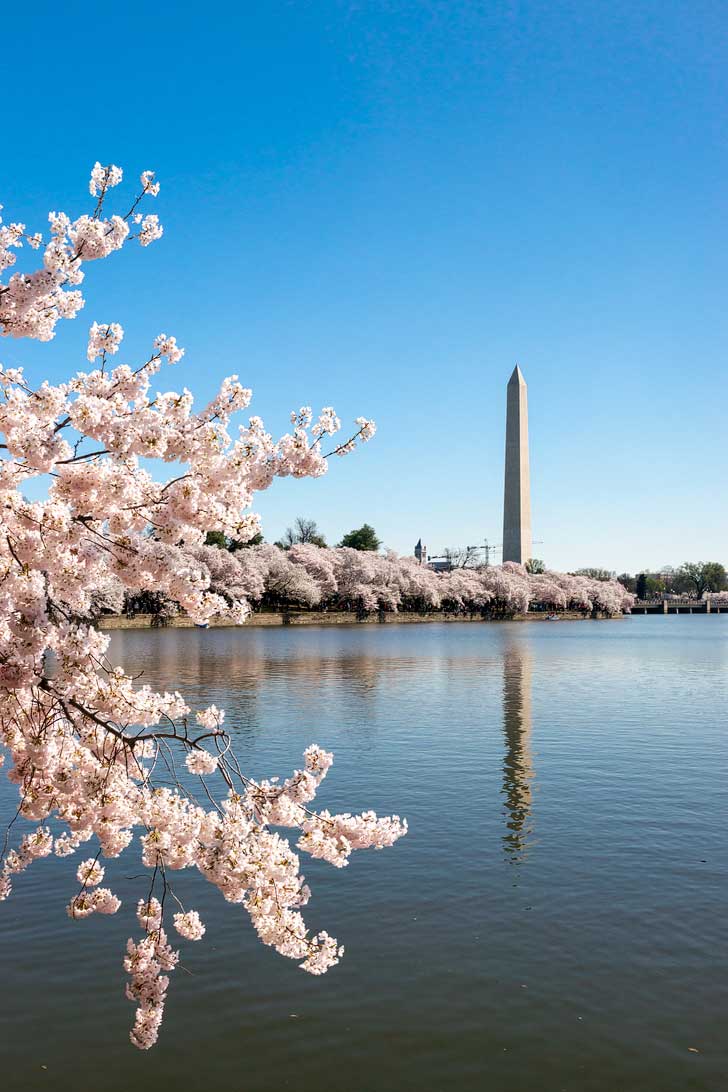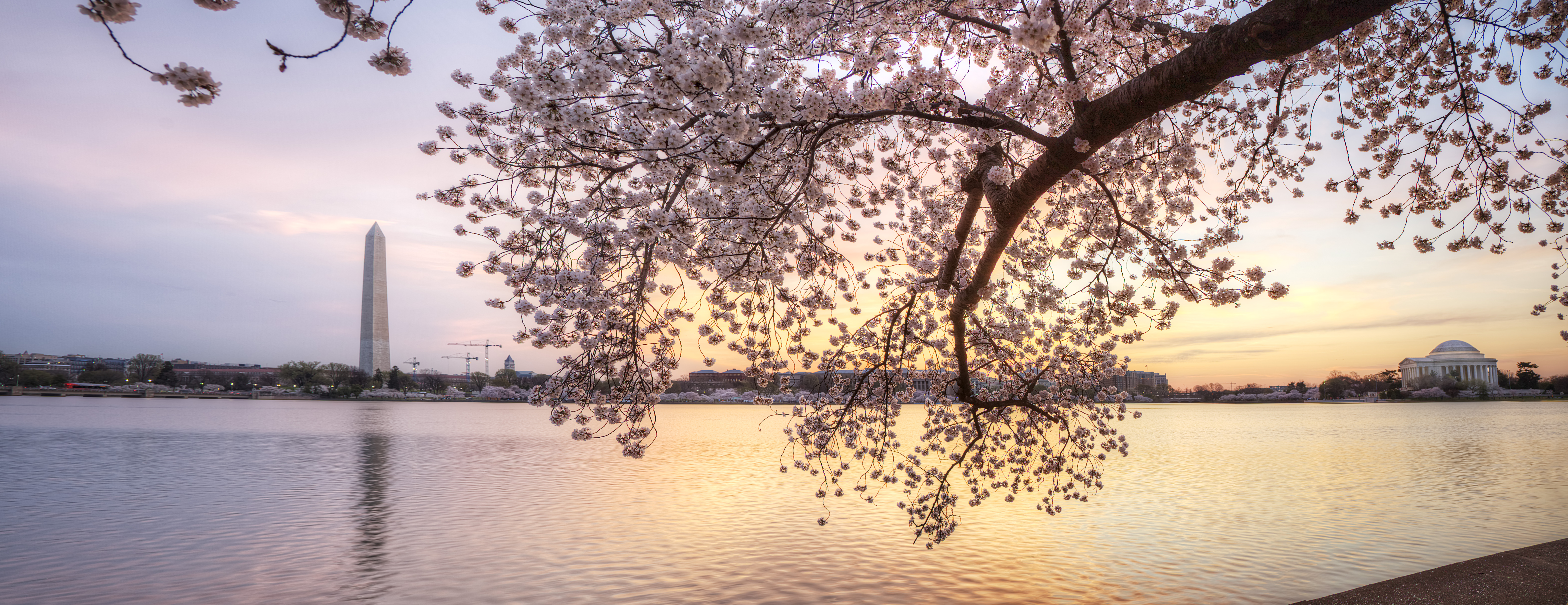

The lantern was given, by the governor of Tokyo, to the people of the United States, and was dedicated on March 30, 1954. So there was a tremendous sense of gratitude from the Japanese people and they supported us.” Tatsuko Iguchi, daughter of Japanese Ambassador Sadao Iguchi, lights the Stone Lantern near the Tidal Basin March 30, 1954. were extremely grateful to the United States for how we helped them after, that we were not an abusive victor. State Department and longtime president of the Japan-America Society of Washington D.C. “It was an act of appreciation,” said John Malott, former Director of Japanese Affairs at the U.S. Taft for her role in bringing the cherry blossom trees to Washington D.C.!Īmanda Varnam Arlington National Cemetery Narrator, driver, trainer and dispatcher.The Japanese government originally planned to send the lantern in the 1920s, but the idea was shelved as relations between the two countries chilled and eventually led to war.Īfter the wartime enemies became postwar allies, the lantern finally arrived, in March of 1954. And while you are visiting, don’t forget to stop by section 30 to thank Mrs. If you want to avoid the crowds at the Tidal Basin, come to Arlington National Cemetery to see a variety of Japanese cherry trees including: Yoshino Cherry, Akebono Cherry, Weeping Cherry and other blooming trees like magnolias, dogwoods, red buds and Japanese crab apples. Those trees still stand today with a small plaque commemorating the event.

Taft and the Japanese ambassador’s wife planted the first two saplings on the northern bank of the Tidal Basin. In March of 1912, approximately 3,000 trees arrived in the District.

The mayor of Tokyo and others from Japan decided to donate another batch of cherry trees to the Capitol. A few days later President Taft agreed to have the trees burned. In 1910 the trees arrived in Washington DC and the Department of Agriculture discovered that they were infested with insects. The Japanese consul was told about the plan and offered to donate approximately 2,000 trees. Taft responded to the letter by agreeing to the overall plan but she suggested some minor changes to the layout of the trees around the Basin. Eliza Ruhamah Scidmore, a local author and member of the National Geographic Society, detailing a plan to plant cherry trees around the Tidal Basin. Often overlooked and forgotten are the first President and First Lady to be buried at Arlington National Cemetery -President William Howard Taft and his wife Helen “Nellie” Taft. That story starts with an individual buried at Arlington National Cemetery. Most people are familiar with the beauty of the cherry blossom trees but few know the history of how these trees came to surround the Tidal Basin. Peak bloom occurs when 70% of the Yoshino Cherry trees are open. The Cherry Blossom Festival, located mainly around the Tidal Basin, attracts hundreds of thousands of people to D.C. The gift celebrates the friendship between the Japanese and American people. Cherry Blossom Festival, which runs every year from March to April, commemorates the gift of approximately 3,000 cherry trees from the Mayor of Tokyo to the United States in 1912.


 0 kommentar(er)
0 kommentar(er)
